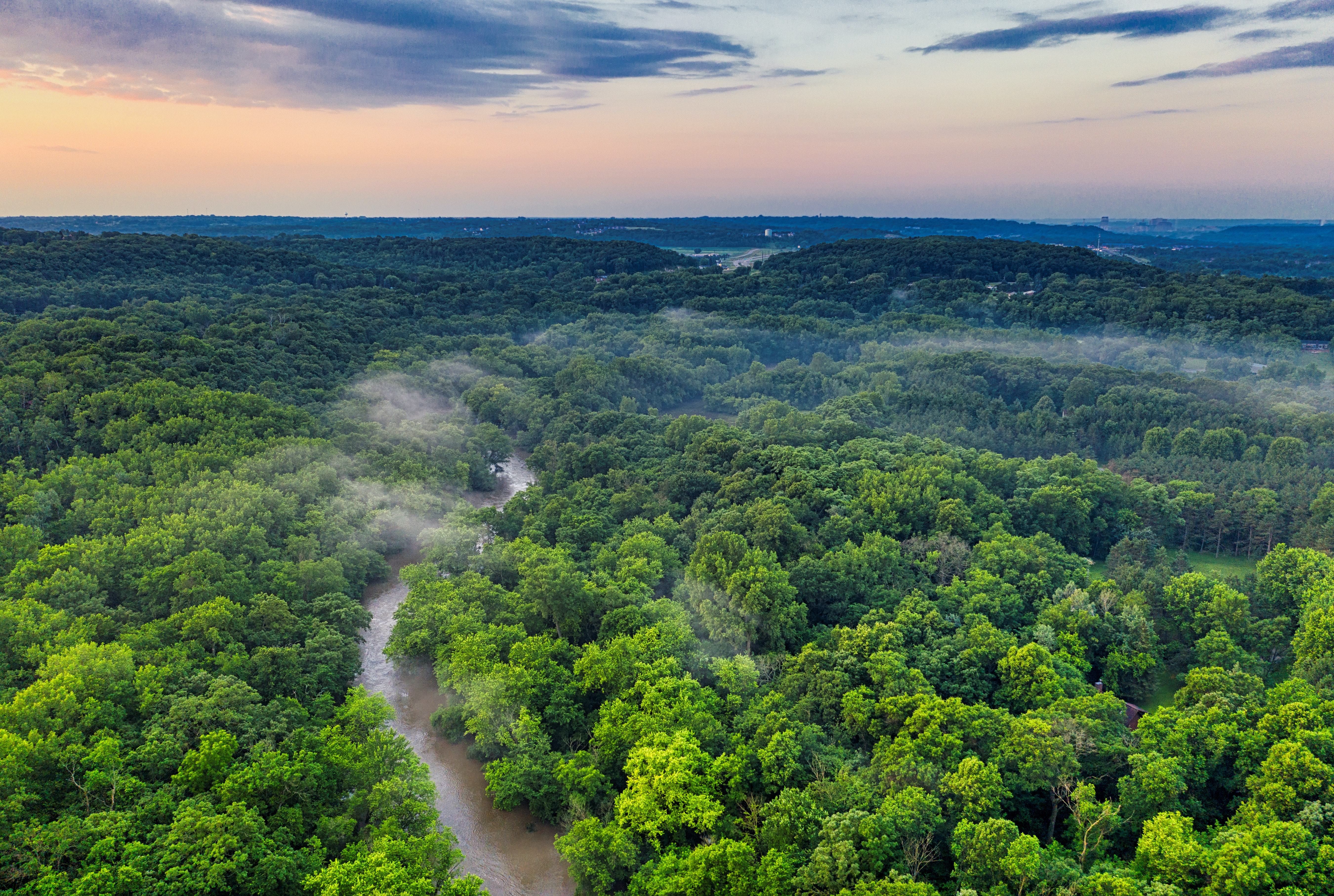Latin America and the Caribbean have a great diversity of land and marine-coastal ecosystems.
Protected natural areas

CAF is supporting countries in improving their land and marine protected areas: one of the major policies for ecosystem preservation.



Latin America and the Caribbean have a great diversity of terrestrial ecosystems, ranging from the driest regions, with virtually no rainfall, to the wettest areas on the planet, such as humid forests, as well as a marine-coastal ecosystems, such as mangroves, marshes, and coral reefs.
The rich nature in Latin America and the Caribbean, however, is at risk due to human activity. Land conversion mainly for farming, overexploitation of natural resources, introduction of invasive species, and pollution, result in fragmentation and degradation of ecosystems.
Protected natural areas are one of the major policies implemented worldwide for ecosystem preservation in situ. In Latin America and the Caribbean, their use has grown over the last 20 years, and in light of international commitments, it is expected that their coverage will continue to expand.
Recent studies carried out in LAC find that protected areas decrease the rate of deforestation by 50-72% compared to unprotected areas. Moreover, evidence shows that the number, average size of organisms, and richness of fish species increase both inside and outside the boundaries of marine protected areas compared to unprotected areas.
However, the creation of new protected areas and the consolidation of existing ones are not without challenges. CAF, aware of these issues and committed to becoming the green bank of Latin America and the Caribbean, funds and mobilizes resources to promote and strengthen the region's protected natural areas
In recent years, CAF has mobilized a total of USD 68.9 million with the Global Environment Facility (GEF), and provided technical assistance for USD 1.5 million to strengthen the management of protected areas.
In addition, between 2014 and 2018, CAF financed the creation of 15 new conservation areas in Peru.
Highlights
Latin America and the Caribbean have a great diversity of land and marine-coastal ecosystems.
Human activity has produced the fragmentation and degradation of ecosystems.
Protected natural areas are one of the principal policies worldwide for ecosystem preservation.
CAF has mobilized funds to improve the management of 91,000 km2 of terrestrial protected areas and 135,000 km2 of marine protected areas.









